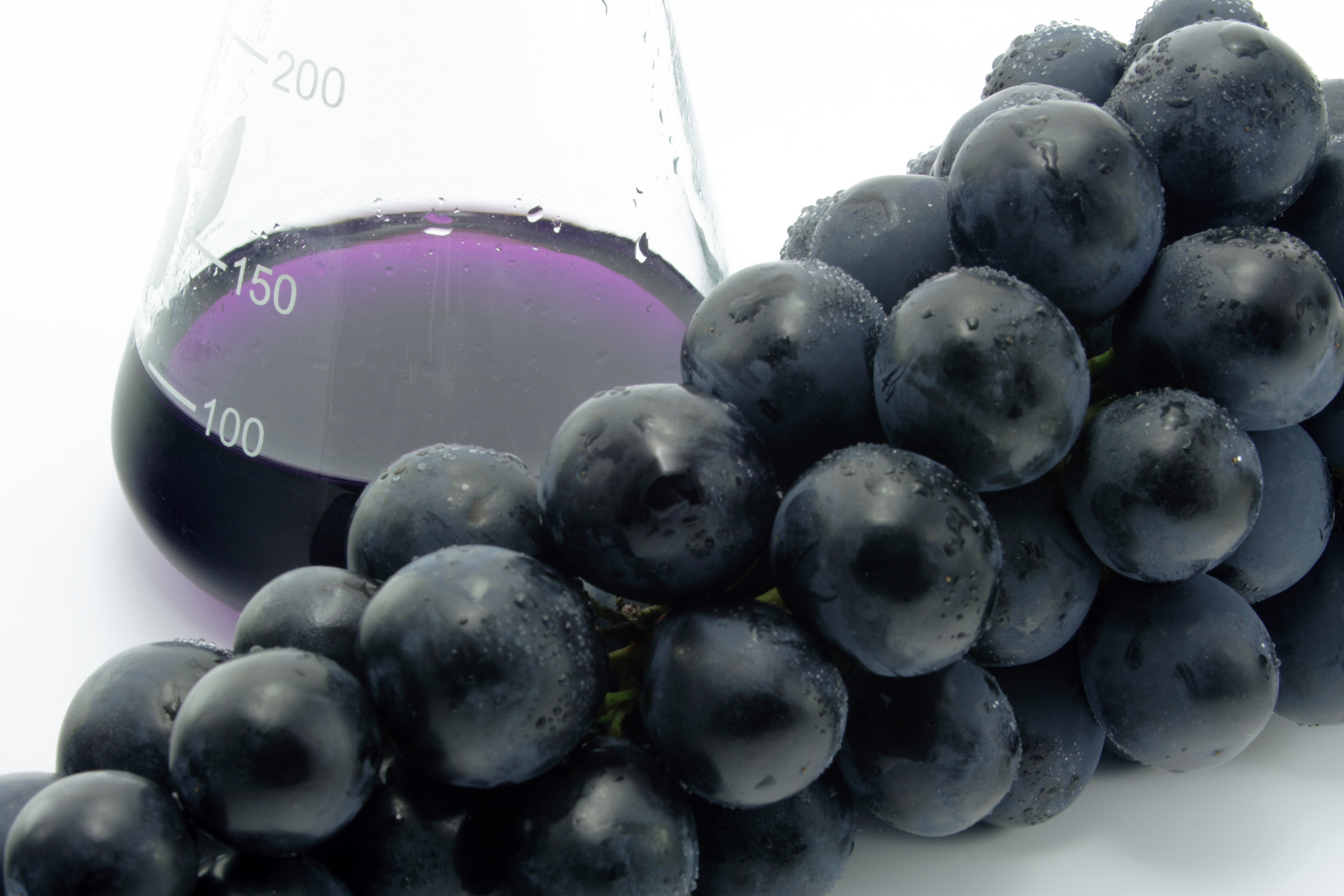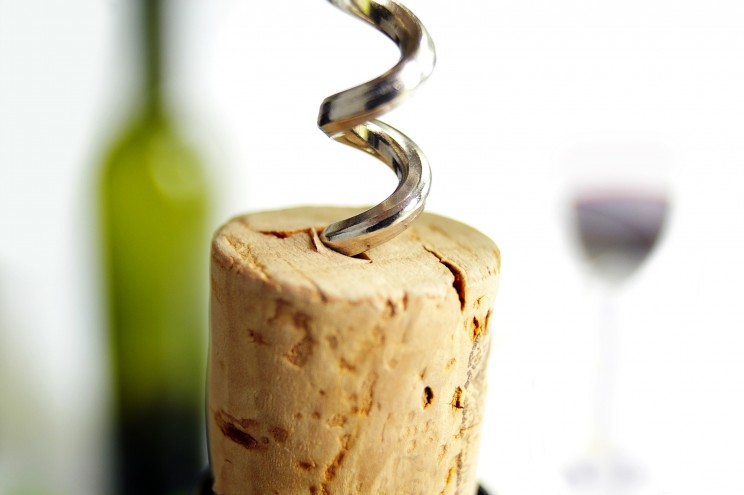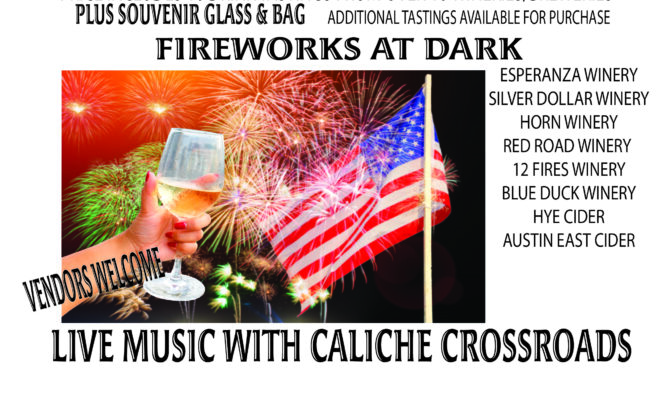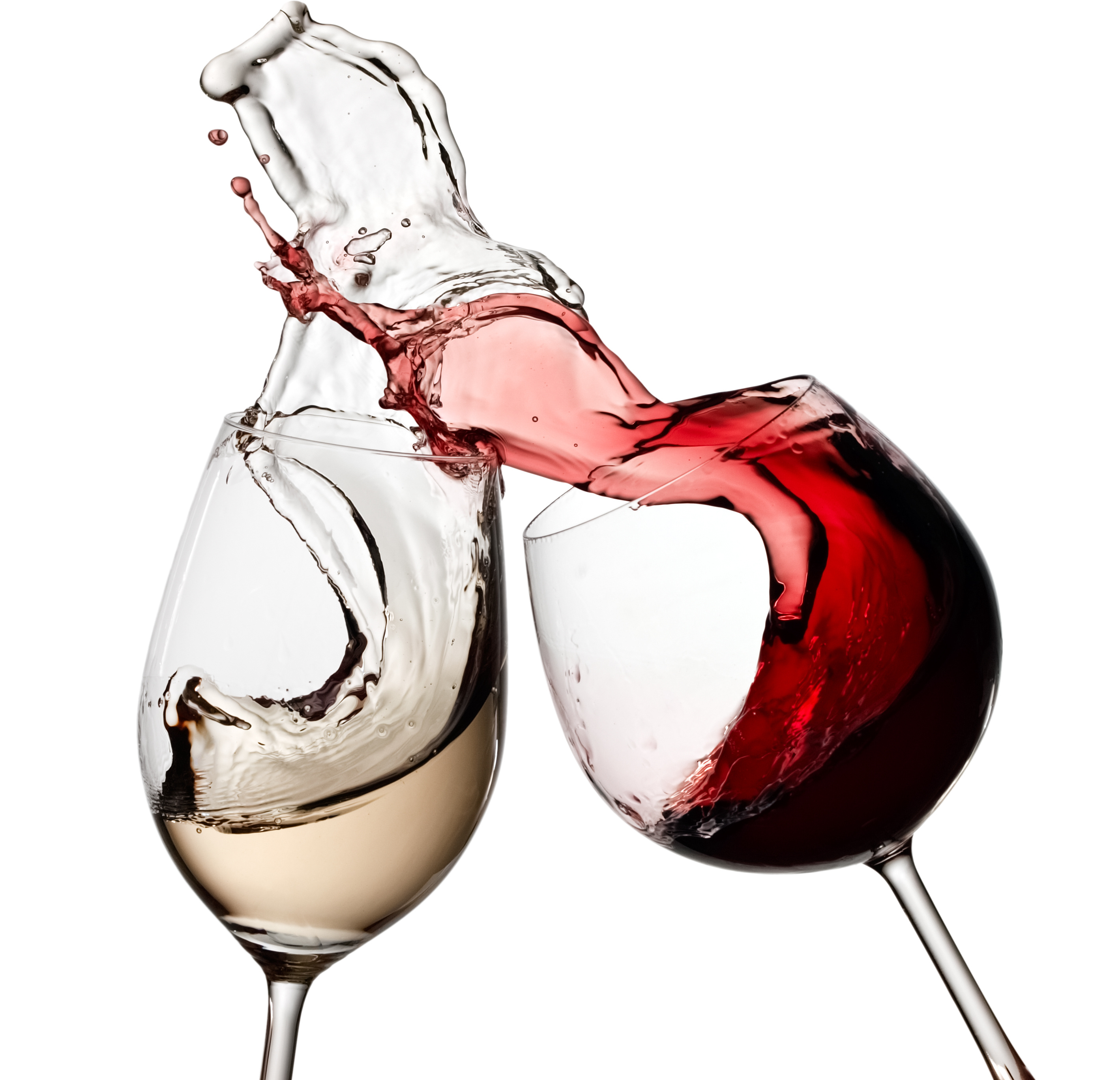Silver Dollar Winery’s Wine Education Series Part 4 Sulfites: Filtering Fact from Fiction

If you’ve been shying away from wine because of the ominous “Contains Sulfites” warning on the label, you’re likely missing out on some wonderful wines needlessly.
The sulfite-labeling requirement is interesting both because it seems to indicate that wines contain loads or sulfites (they don’t) and also furthers the myth that sulfites in wine, particularly red wines, are the cause of those wine-related headaches that some consumers experience.
A bit of back-story on sulfites may help clear the air: First, sulfites are commonly used in a large number of processed foods as a preservative to prevent changes in flavor and color. They have been used in wines since the ancient Romans began burning sulfur candles to treat wine barrels before casking. More recently, sulfites began to be commonly added to wine in the 1900s as a yeast-growth preventative and to enhance red wines’ natural red color.
It wasn’t until the late 1980s that wines which contain more than 10 parts per million (ppm) were deemed worthy of the warning label. The label was designed to protect a tiny population; less than 10% of people with severe asthma also have a severe sulfite sensitivity. So, the safety “threshold” for being aware of sulfite reactions at all is that a person first has severe asthma, and secondly is part of the sub-group that also reacts to sulfites.
“Oh,” you, say, “but I always seem to get a headache when I drink red wine.” Ah, but dehydration or other chemical sensitivity, not sulfites, is the likely culprit. First, let’s note the relatively low amount of sulfur in wines. Even the most “guilty” wine (one with lower acidity, a deep color, and a higher sugar content, such as a dry red) contains much less sulfite – about 50 ppm – than the bacon you enjoy at breakfast (over 600 ppm) or the bag of dried apricots you snack on (over 1000 ppm). In fact, many canned foods, such as tuna, contain around 250 ppm of sulfite, and the substance is also found in some prescription medications. Second, a headache is not a common sulfite reaction indicator even for those who suffer from severe asthma. A true sulfite allergy will show up as hives, red or blotchy skin, or muscle cramps.
So, if sulfites are off the hook as the culprit, what causes the infamous red wine headache? As mentioned, the most likely cause of that headache is dehydration. The simple cure is to
“co-sip” water while you enjoy your wine. Since the body can only effectively use about 10 ounces of water per hour, consuming at least that much while enjoying each glass of wine should help you stay hydrated. Other naturally-occurring chemicals in wine – such as histamines and yeast – may also play a role. If you already take an anti-histamine for allergies, this should prevent a reaction to the histamines in wine. Taking an aspirin or two before you consume red wine, as long as this medication is safe for you – is also helpful in preventing a headache, especially if you consume water also.
With the sulfite myth properly debunked, let’s get on with the business of enjoying all those wonderful red wines. At Silver Dollar Winery, we are proud to offer several tasty red varieties, including Peace Maker Merlot, the award-winning Peacemaker Merlot Reserve, the lovely Liberty Cabernet, and our Old Bedford Red Blend. We’ll be happy to serve you a glass of water with your wine. Enjoy!













